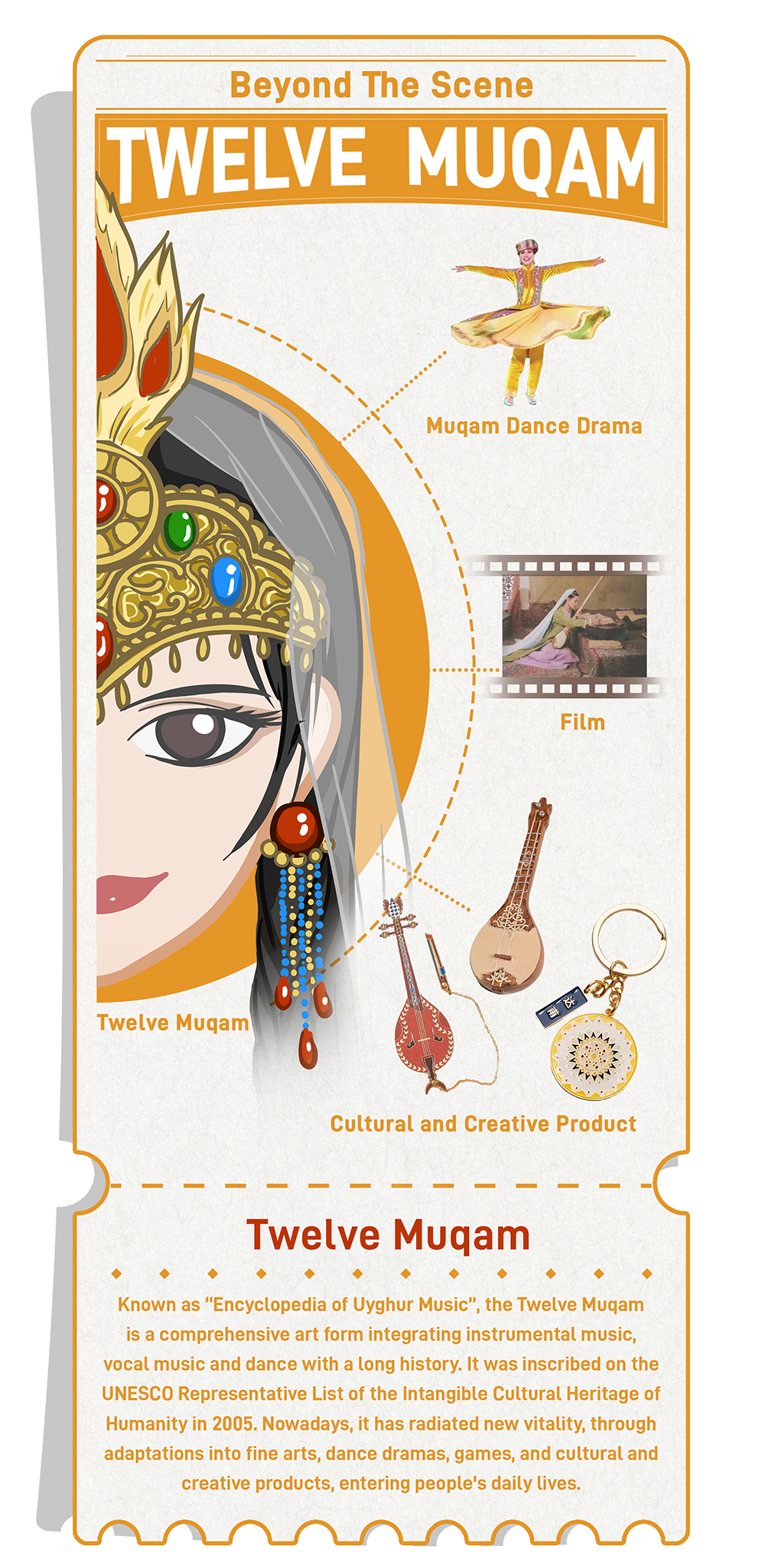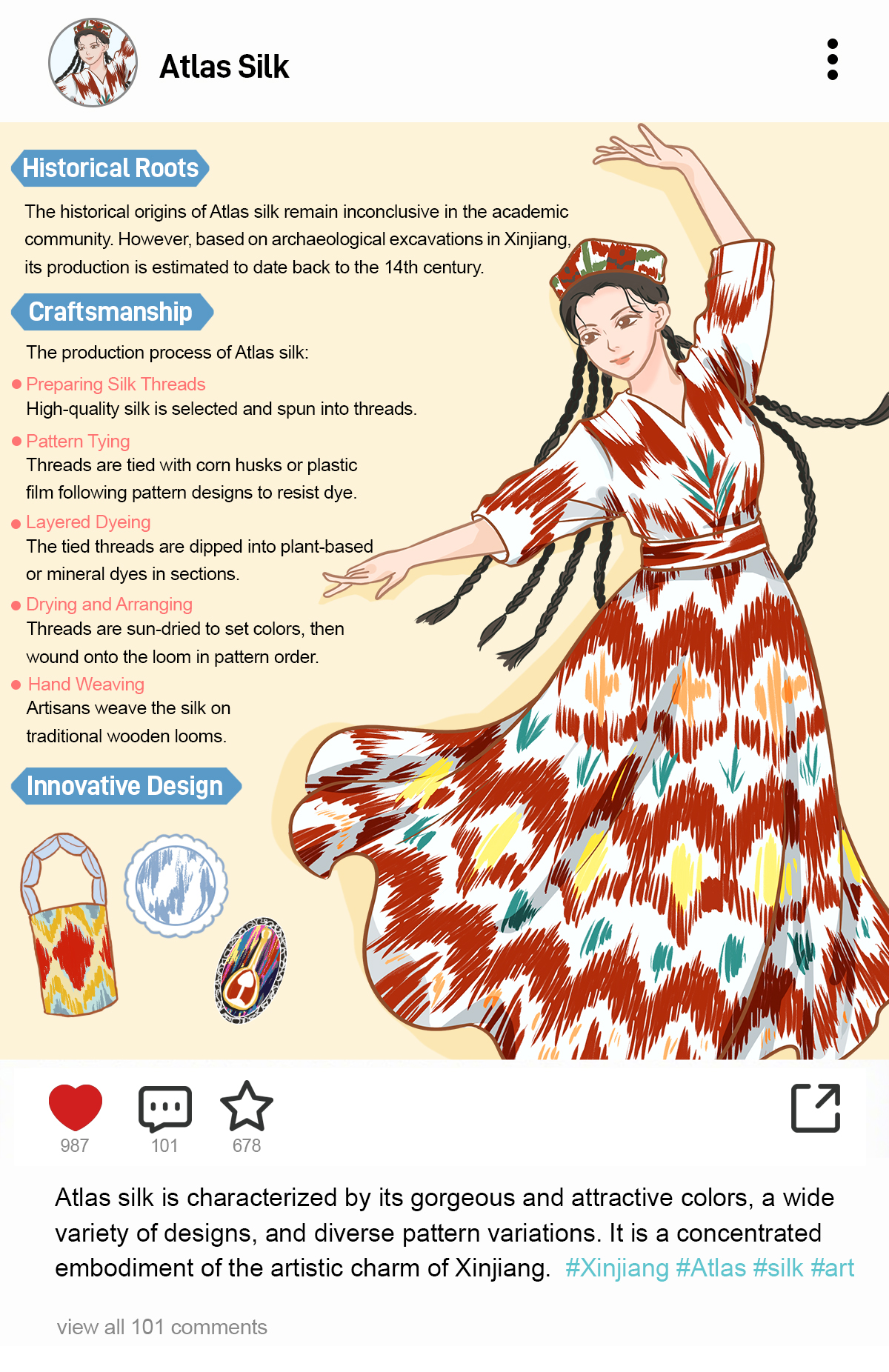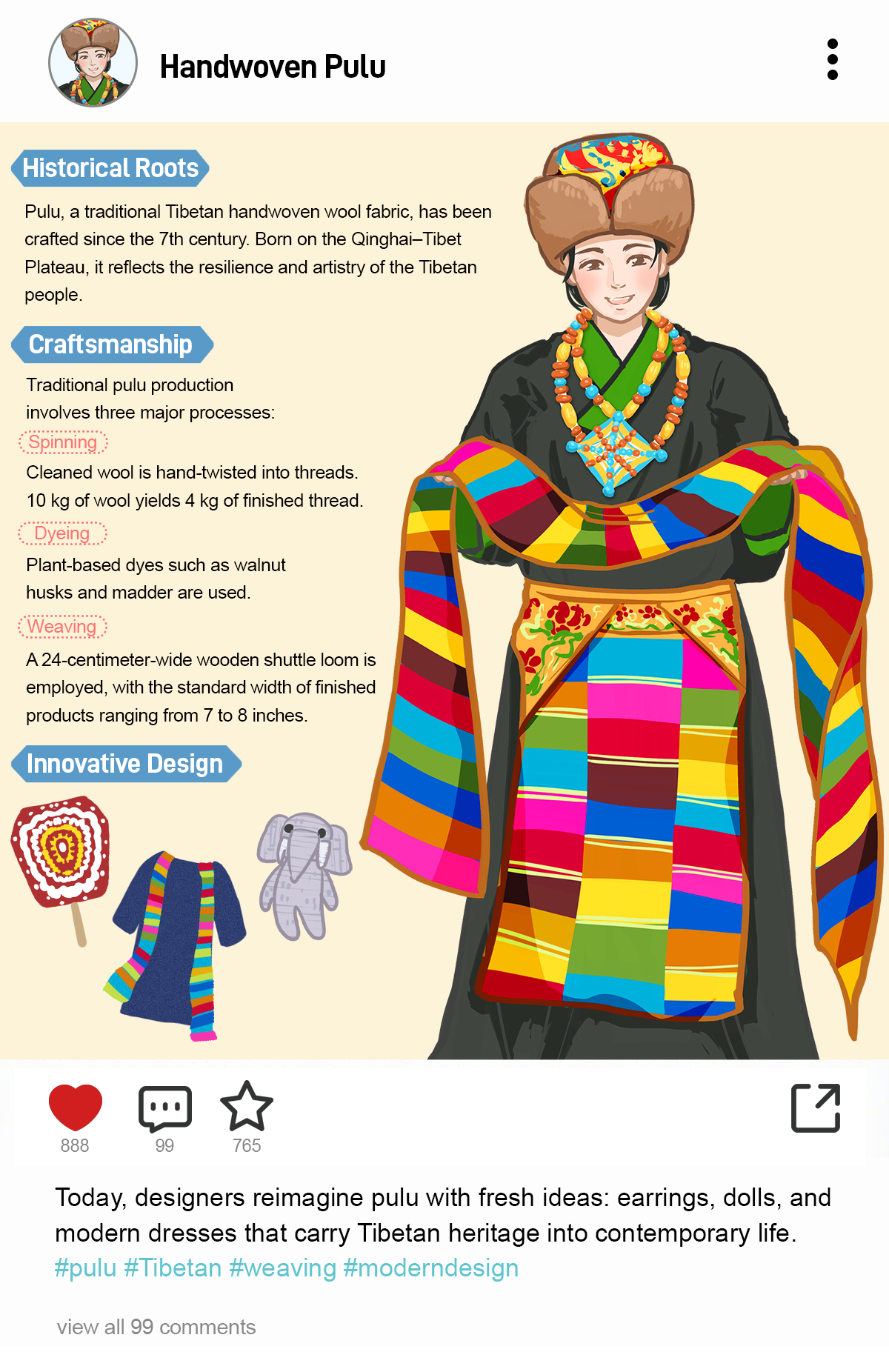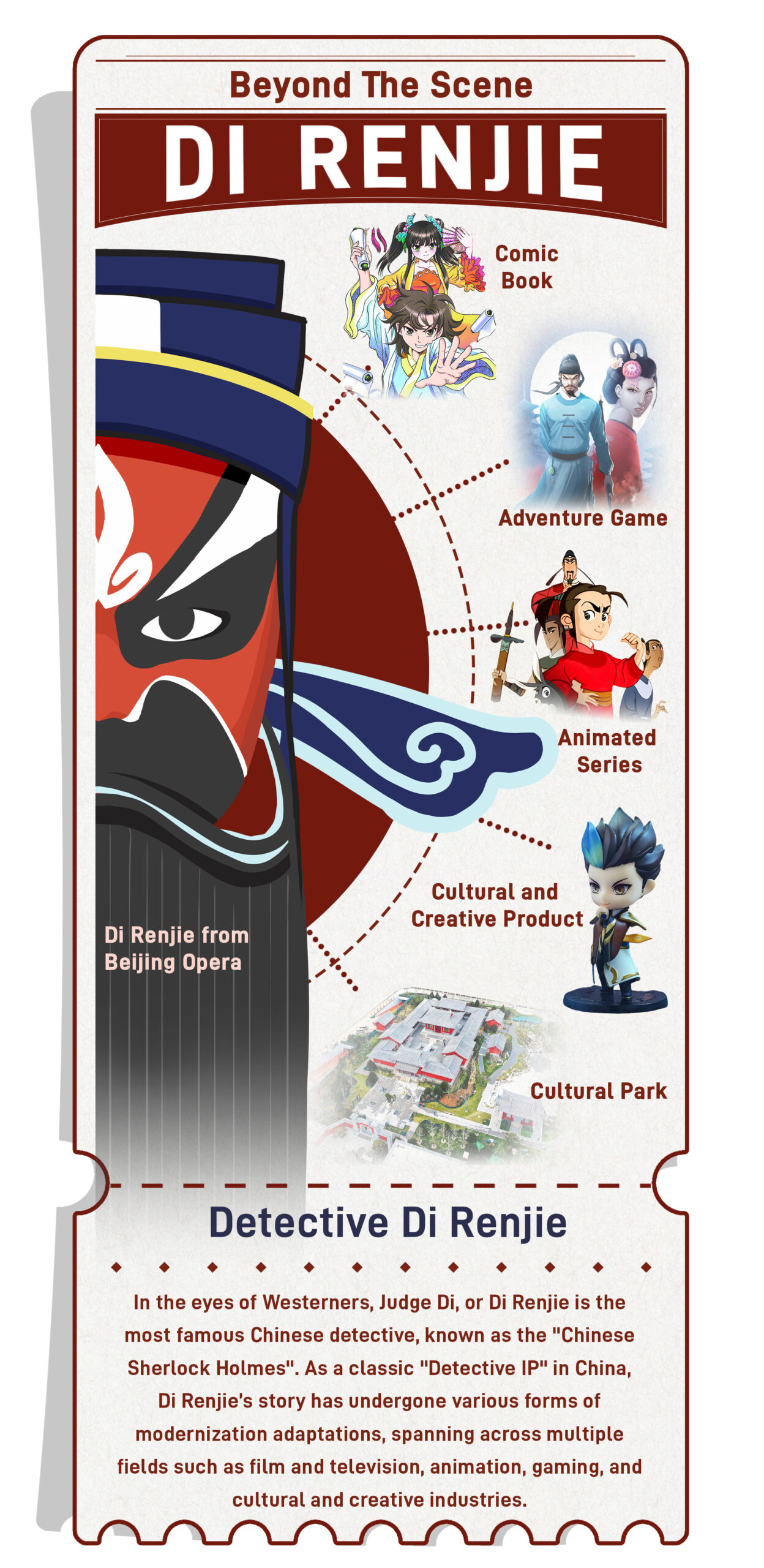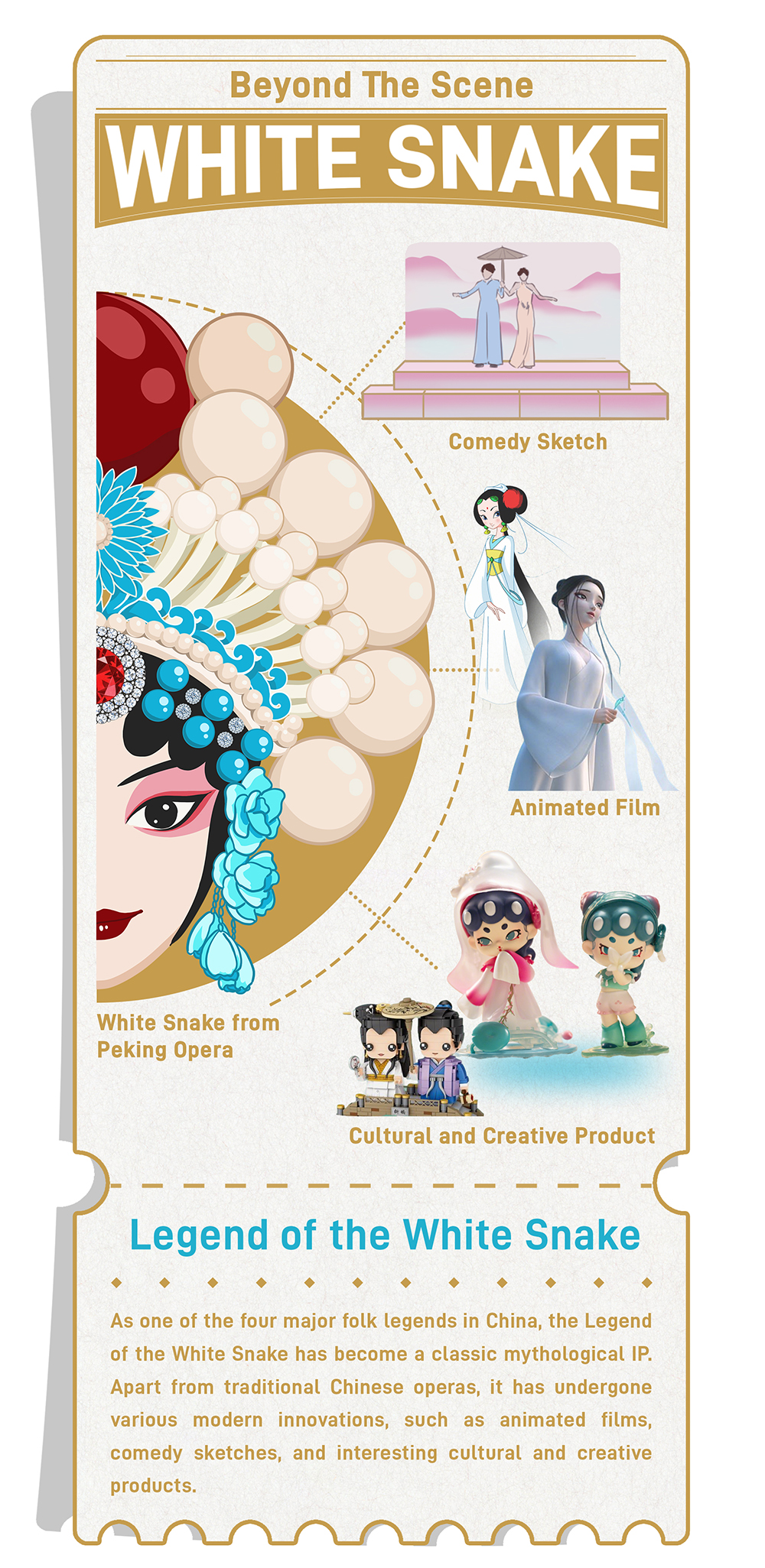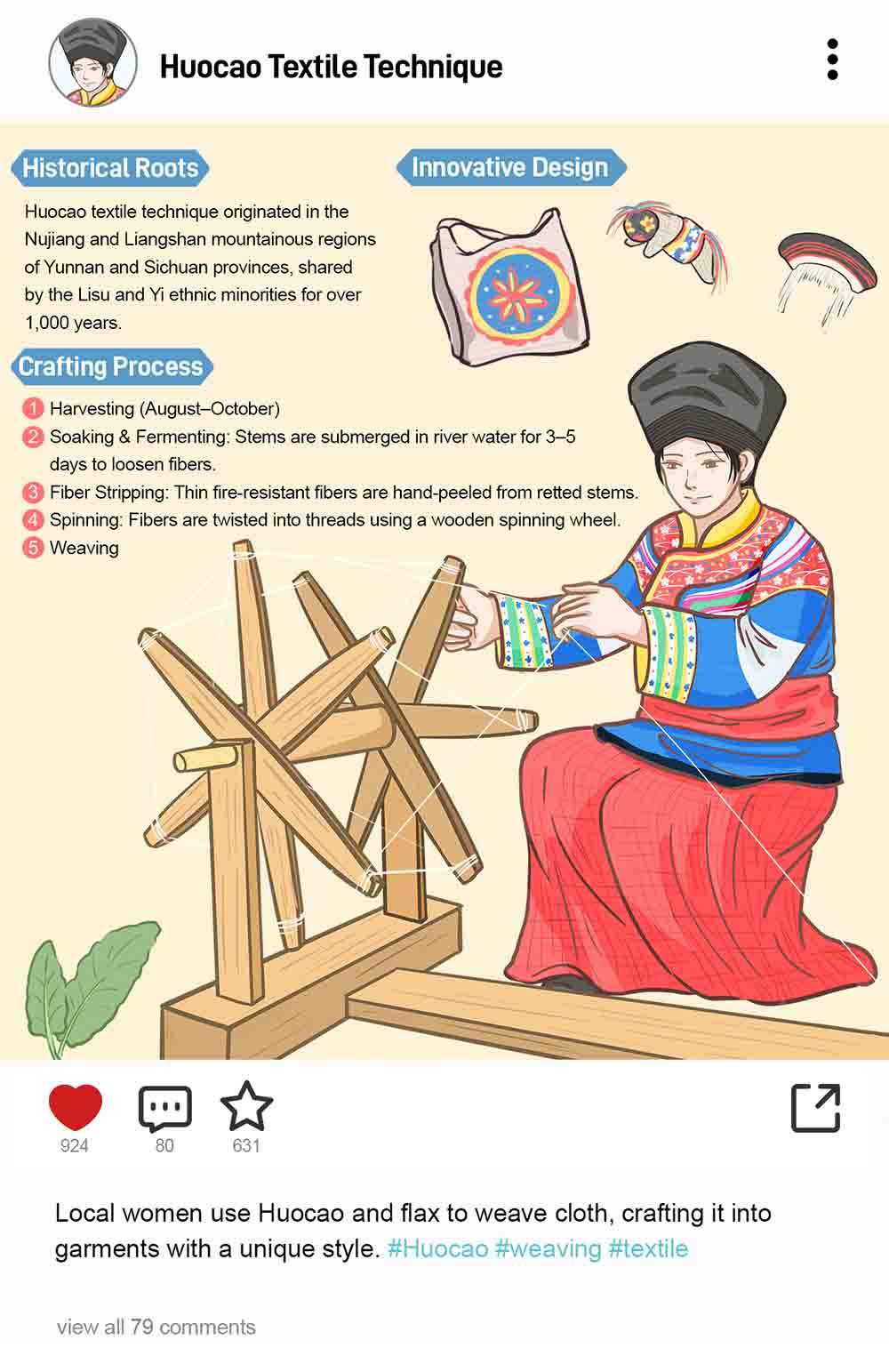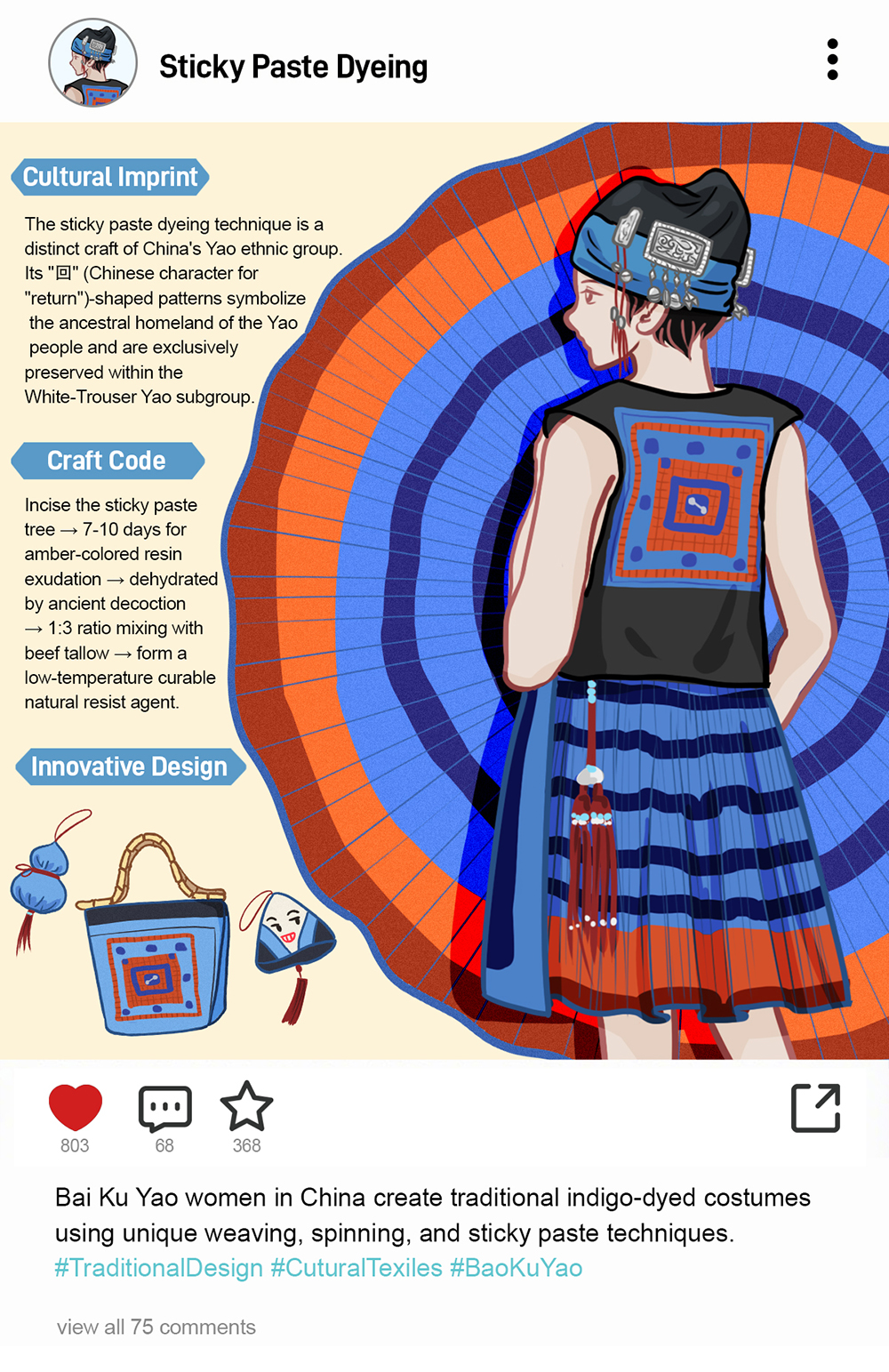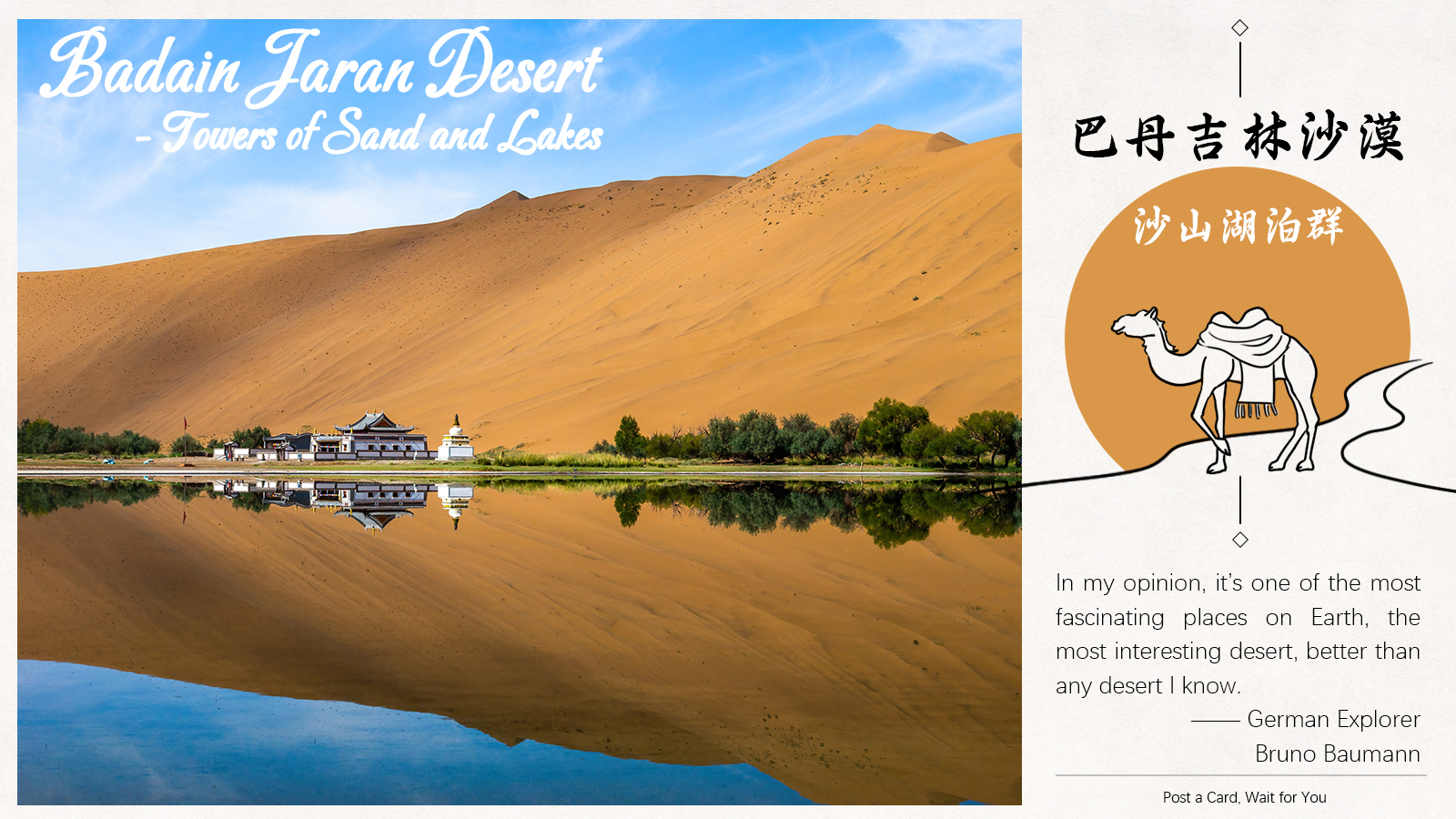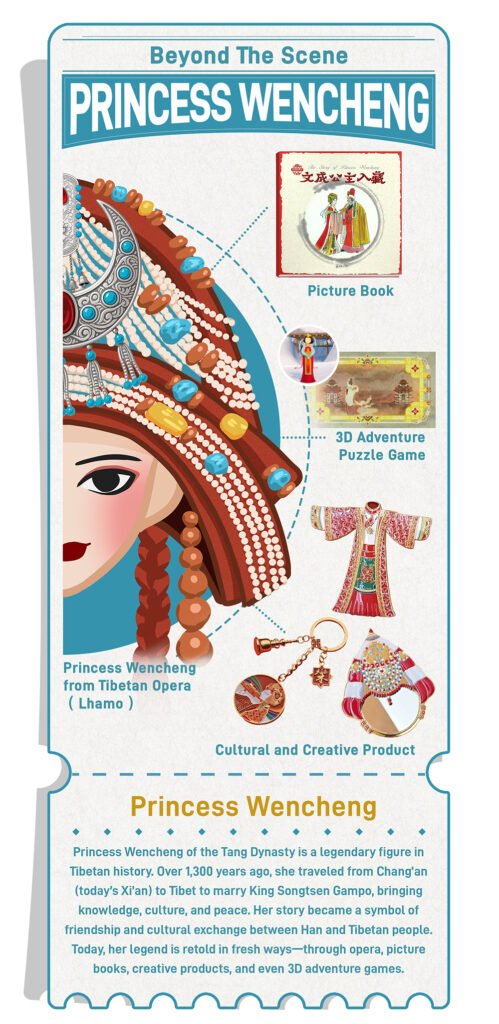
In the Brothers Grimm’s fairy tales, Snow White married her Prince Charming. In China, there is also a princess—Princess Wencheng—whose marriage has become a legend.
China’s long history is indeed filled with famous princesses, each with their own unique story. Princess Wencheng is the most special one. As a member of the royal clan of the Tang Dynasty, Wencheng is well-known for her peace-making marriage to King Songtsen Gampo of Tobo over 1,300 years ago.
A Landmark Event in History
Wencheng’s marriage to Songtsen Gampo is far from an ordinary royal union. It was a landmark event in the history of Han-Tibetan relations with profound and lasting political, cultural, and religious consequences.
Princess Wencheng’s journey to Tibet was essentially a mission of cultural and technological transfer. Her dowry list is not ordinary gold and silver jewellery, but knowledge. She brought there a vast library of Chinese texts, advanced methods of cultivation, and skilled artisans.
After arriving in Tibet, Wencheng spent the rest of her life contributing to cultural dissemination between the Han and Tibetan people. Because of these contributions, Wencheng has become a symbol of unity, and her legend has not faded in the long river of history.
Wencheng’s legend is continuously retold in various traditional Chinese operas. “Princess Wencheng” is one of the famous eight traditional Tibetan operas (Lhamo). It focuses on her spiritual mission and its profound impact on Tibet.
In the Peking Opera, the image of Princess Wencheng is endowed with strong patriotism and a heroic spirit. The performance focuses on momentum and tension, emphasising singing, recitation, acting, and hitting.
While Yue opera conveys the humanistic warmth of Wencheng’s image, through delicate storytelling on personal destiny and emotional growth. It not only portrays the romantic and beautiful love story between Princess Wencheng and Songtsen Gampo, but also showcases the universal love and human affection between different cultures.
Princess’s Legend Retold in Fresh Ways
Today, Princess Wencheng’s legend is retold in fresh ways—through opera, picture books, creative products, and even 3D adventure games, becoming a highly valuable cultural IP.
The Qinghai Provincial Museum has launched a highly creative Chinese-style refrigerator sticker with the theme of Princess Wencheng. One of them is based on the red ceremonial robe worn by Princess Wencheng during her journey to Tibet, using relief craftsmanship, with traditional Tibetan patterns on the cuffs and hem concealed, showcasing the fusion of Tibetan and Han cultures.
Chinese game company Rust Diamond Games has developed a 3D fantasy puzzle game called “Hidden Dream” based on the story of Princess Wencheng. In this game, the history, culture, food, clothing, housing, and customs of Tibet during the Tang Dynasty are all presented.
These modernisation adaptations successfully transform Princess Wencheng’s legacy into daily life, making the story of ethnic unity and cultural exchange accessible and tangible for the public.
Written by Sha Liu, picture designed by Di Wang.
If you liked this article, why not read: 【Beyond the Scene】Modern and Traditional Twist on White Snake


